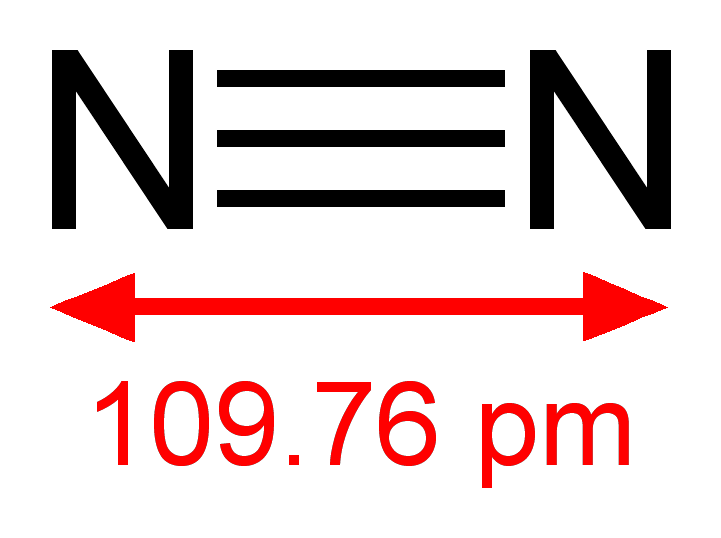
Recently, at Evolution News & Views, David Klinghoffer noted that nitrogen is begin recruited to explain life’s “Great Leap Forward”:
What makes the Cambrian explosion so mysterious is an infusion of information in the biosphere. Oxygen doesn’t help with that at all. But reasoning from the premise that oxygen somehow does help — as it would in, for example, feeding a fire — you naturally want to know where the oxygen came from, and when and why.
And good news, that is just the question that an article in Current Biology, “A Neoproterozoic Transition in the Marine Nitrogen Cycle,” seeks to answer: … Plankton in the Earth’s oceans received a huge boost when microorganisms capable of creating soluble nitrogen ‘fertilizer’ directly from the atmosphere diversified and spread throughout the open ocean. This event occurred at around 800 million years ago and it changed forever how carbon was cycled in the ocean.
Of course, other research questions the importance of higher oxygen levels, noting that sponges, a very early inhabitant of our planet, can get by with very little oxygen. Klinghoffer notes,
An atmosphere rich in oxygen may correlate with the emergence of animals in the oceans, with the sudden bloom that followed the Great Oxygenation Event or Great Oxygenation Transition, but there’s no way you can call it the cause.
Well, for one thing if it were that simple, we should be able to replicate something like it just by ramping up oxygen levels somewhere. Scratch that.
Rob Sheldon responds,
You (and many others) have mentioned the necessity of oxygen to permit most of the body plans of the Cambrian in the first place. That is, if there isn’t much oxygen around, there’s no need for lungs, for gills etc. The unmentioned point, is that the oxygen was the result of algae, toiling away for millennia without any appreciation, without any audience, turning sunlight and carbon dioxide and water into oxygen.
What this paper is saying is that there was a necessary precursor, even less loved than algae, called cyanobacteria (aka pond scum) that weren’t quite as prolific as algae, but had this remarkable ability to convert N2 into NH3 into amines, to take an inert gas out of the atmosphere and make it water soluble. This is critical for proteins since every amino acid in a protein has an amine. No nitrogen fixation, no life.

But oh, is it difficult. N2 is enormously stable, which is why nitroglycerine wants to become N2 at the slightest provocation. It takes a lot of energy and clever enzymes, working in the total absence of oxygen, to make NH3.
What I had not realized, was that the enzymes that cyanobacteria need require vanadium and molybdenum, two transition metals that are not exactly common in the ocean. But wait, glaciers grind down mountains and dump the tailings in the ocean–a perfect mining operation. And the whole earth was covered in glaciers for 200 million years before the Cambrian Explosion. It all comes down to timing.
And I thought ice ages were a waste of time.
What if time is actually, seen from that perspective, a substitute for, if not a form of, energy. If you’re in no hurry …
See also: “Origin of life: Could it all have come together in one very special place?”
The Science Fictions series at your fingertips (origin of life)
Follow UD News at Twitter!
)